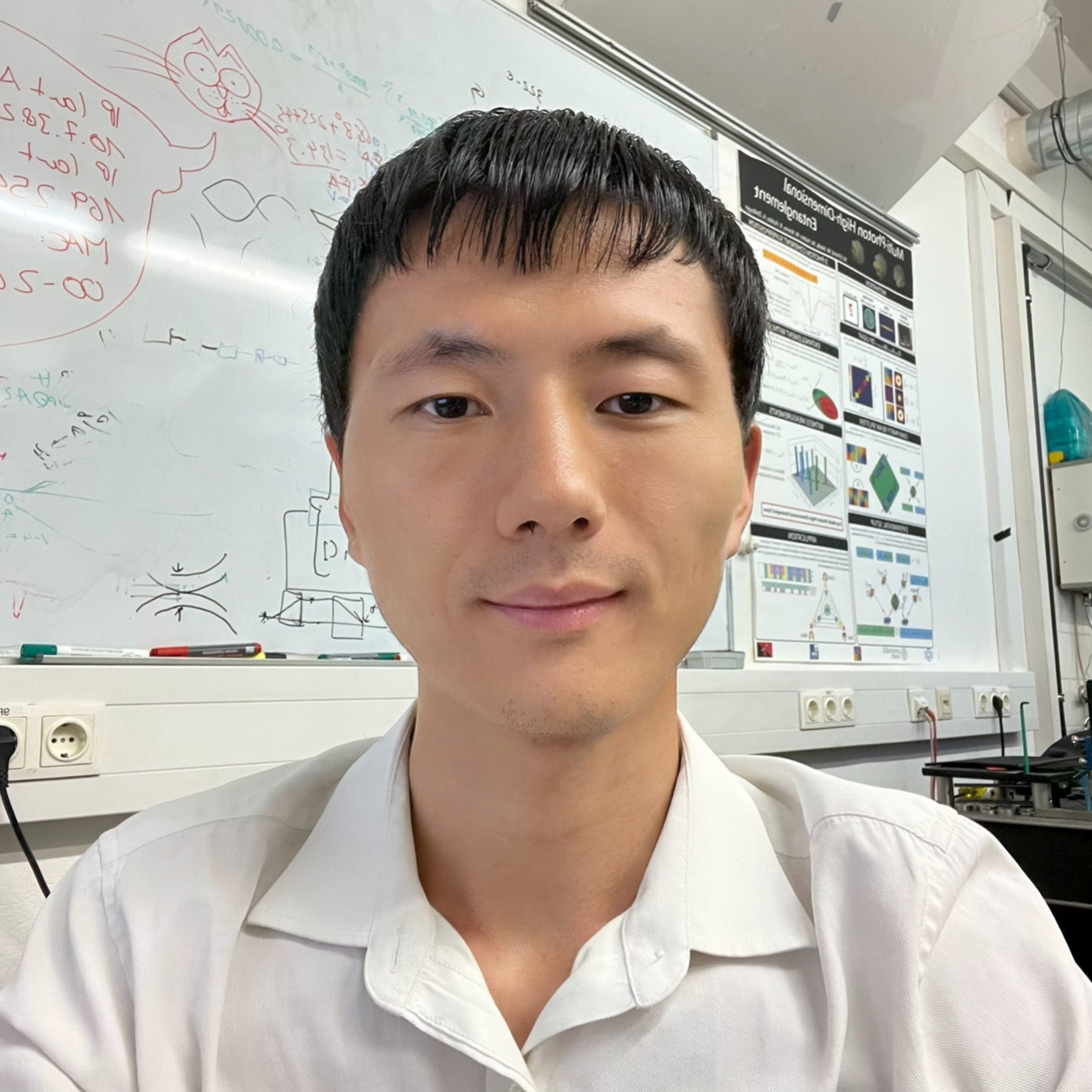
I am Xinhe Jiang and currently work as a Postdoctoral Researcher at the Institute for Quantum Optics and Quantum Information, Vienna. Welcome to my personal website, where I will keep you updated on all matters personal and occupational.
Short Introduction
I received my Ph.D. degree from the School of Physics, Peking University. I am now working as a postdoctoral researcher at the Institute for Quantum Optics and Quantum Information, Austrian Academy of Sciences. My main research focuses on quantum foundations, quantum communication, and quantum computation. I am currently working on the connection between quantum contextuality and Bell nonlocality, and also exploring the path information in nonlinear interferometers. Previously, I worked on a quantum optics experiment involving surface plasmon polaritons and quantum state verification with efficient quantum resources. During my research work, I acquired skills in building optical systems, constructing single-photon and entangled-photon sources, single-photon detection, quantum state characterization, nanofabrication, FDTD simulations, and quantum teleportation techniques. During my Ph.D., I worked on computational simulations for various 3D and 2D materials, including group-III nitride semiconductors, ZnO, graphene, and silicene.
Personally, I am interested in all the fascinating phenomena in quantum physics, as well as its rapid progress in techniques. Curiosity is the driving force behind my research and exploration in this area. I like the quote “The Usefulness of Usel-ess Knowledge” by Abraham Flexner, which is frequently referenced by Serge Haroche. In his 1939 essay titled “The Usefulness of Useless Knowledge,” Flexner argued that scientific research driven by pure curiosity often leads to significant practical applications, even if such outcomes are not immediately apparent. Technically speaking, I am proficient in experimental design for optical systems, single-photon sources, and detection, as well as materials simulations and computation. I am also proficient in various programming languages for device control, material simulation, and numerical computation, including LabVIEW, Julia, Python, C, Shell Script, and Parallel Computing. I am familiar with MATLAB, Mathematica, Perl, C++, Java, R, and other programming languages. I am skilled in the DFT (VASP) package and the molecular dynamics simulation (LAMMPS) package for materials.
Wanna know more? Follow me on LinkedIn!